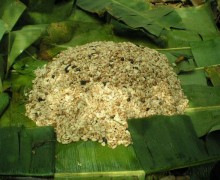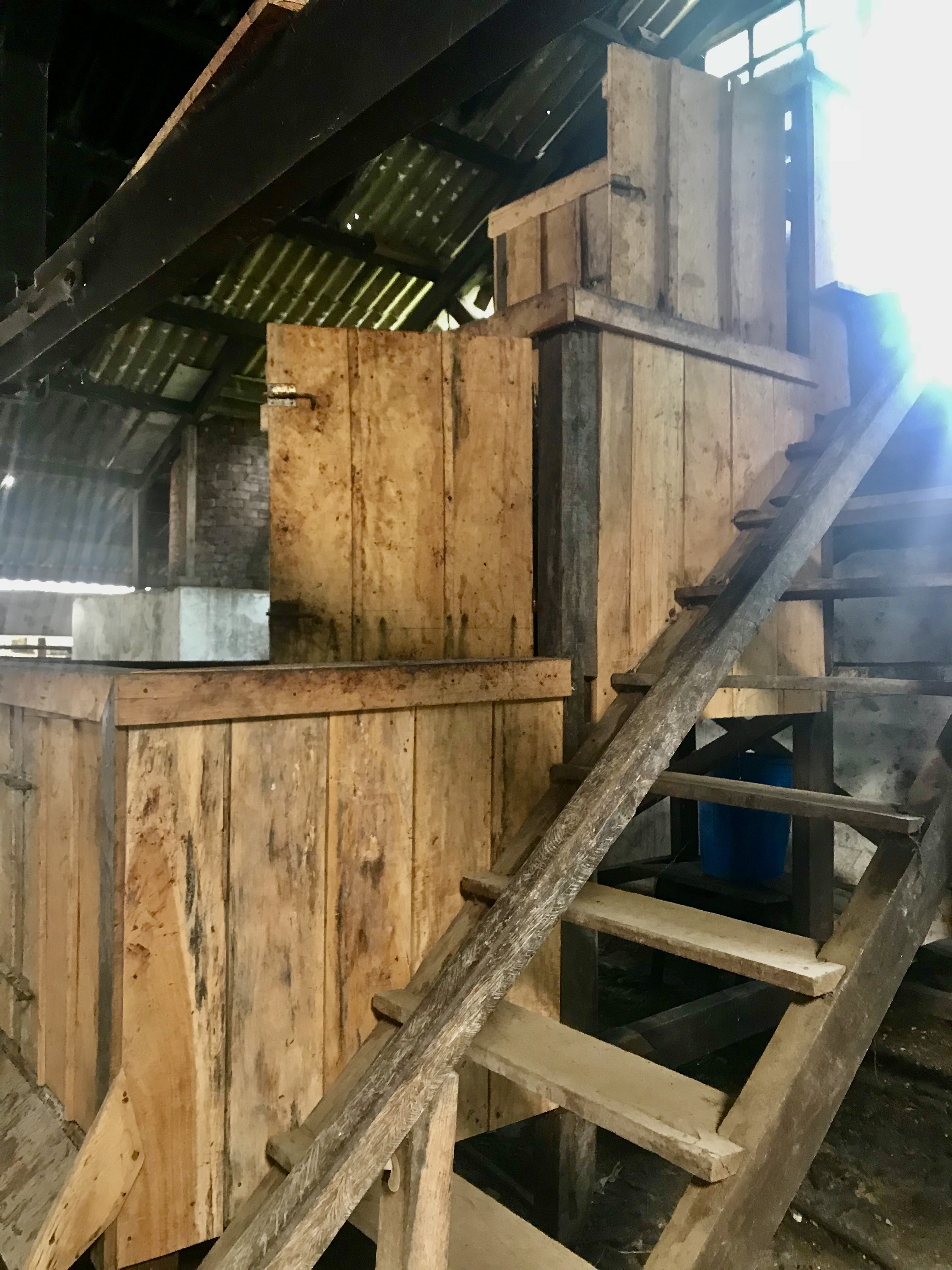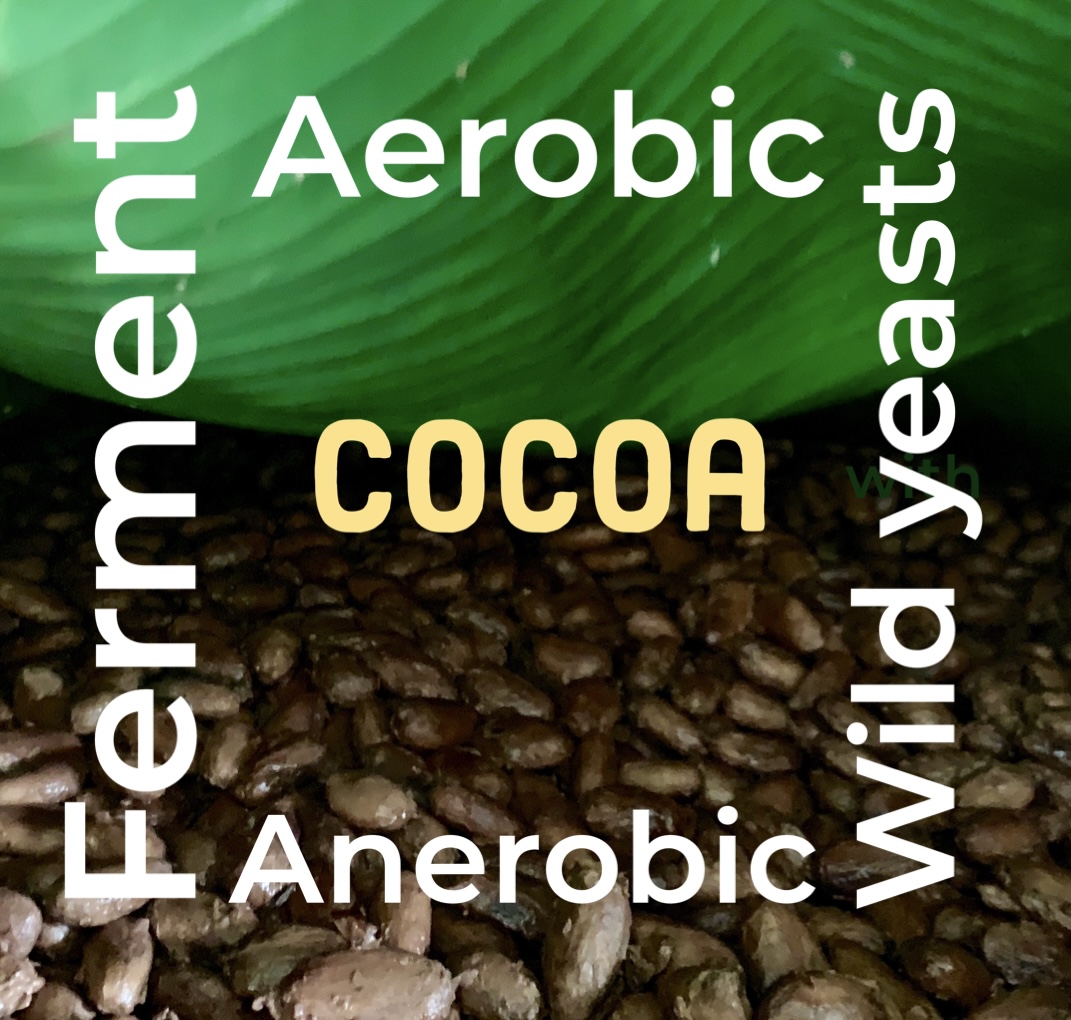 Fermentation
Fermentation
It's not the cocoa beans that ferment. Instead, it's the sticky white pulp surrounding the beans that goes through this transformation. When the pods are opened, wild yeast and bacteria from the environment find their way to the pulp, setting the stage for fermentation.
Methods:
Cocoa fermentation can vary based on traditions and budget.
Farmers make choices about the type of containers used, the duration of fermentation, and how often the cocoa is turned.
All fermentation follows two main phases: the anaerobic phase and the aerobic phase.
The Anaerobic Phase:
During the anaerobic phase, the packed pulp creates an oxygen-lacking environment around the beans.
This allows the microbes to thrive in the presence of sugars and acids in the pulp. Yeasts and lactic acid-producing bacteria are the main players here, breaking down sugars and producing carbon and ethanol. Enzymes help to break down the pulp, increasing the overall pH of the fermentation.
The Aerobic Phase:
In the aerobic phase, oxygen is introduced as farmers mix and move the beans. This stage is characterised by heat, and acetic acid-producing bacteria dominate, transforming the pulp into acetic acid.
As the beans are turned, heat escapes, but it builds up again through the introduction of more oxygen. This heat, along with the breakdown of ethanol and acids, breaks down the cocoa bean's cell walls, developing the flavour precursors we associated with chocolate.
The Flavour Transformation:
due to their high phenolic content raw cocoa beans have a bitter and astringent taste.
During fermentation, the enzymes start breaking down the carbohydrates and proteins in the bean, leading to flavour development.
 Conclusion:
Conclusion:
Cocoa fermentation is a complex and magical process that turns raw cocoa into the beloved chocolate we enjoy. Through the interplay of microbes and chemical reactions, flavour precursors are developed, paving the way for the next steps in the flavour building process of drying and roasting giving us some of the familiar and enticing chocolate flavours. Understanding this process helps us to appreciate the art and science behind our favourite treat, making each bite of chocolate all the more enjoyable. So, the next time you eat a piece of chocolate, remember the journey it took from cocoa to that delightful treat in your hands!
